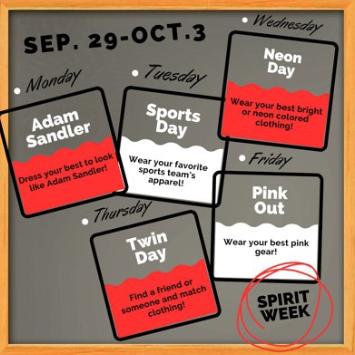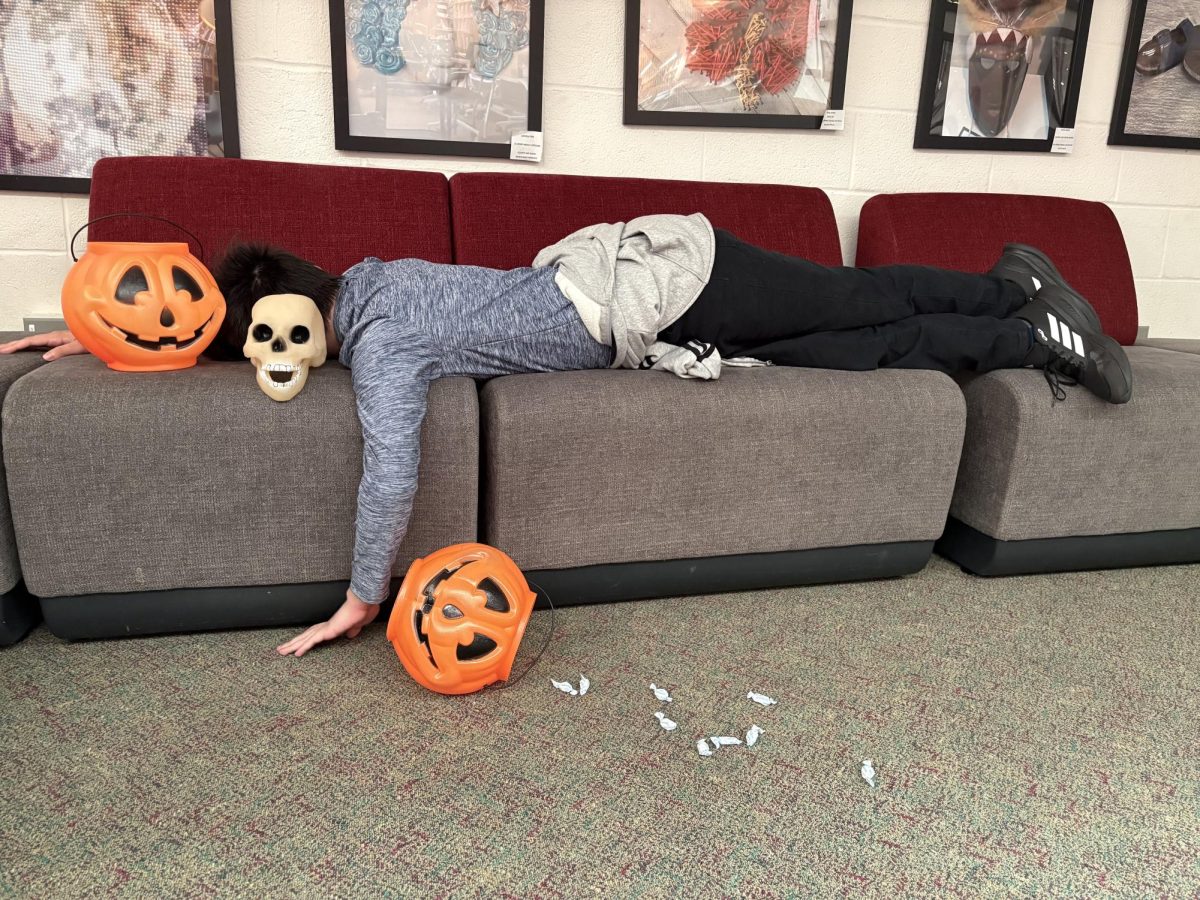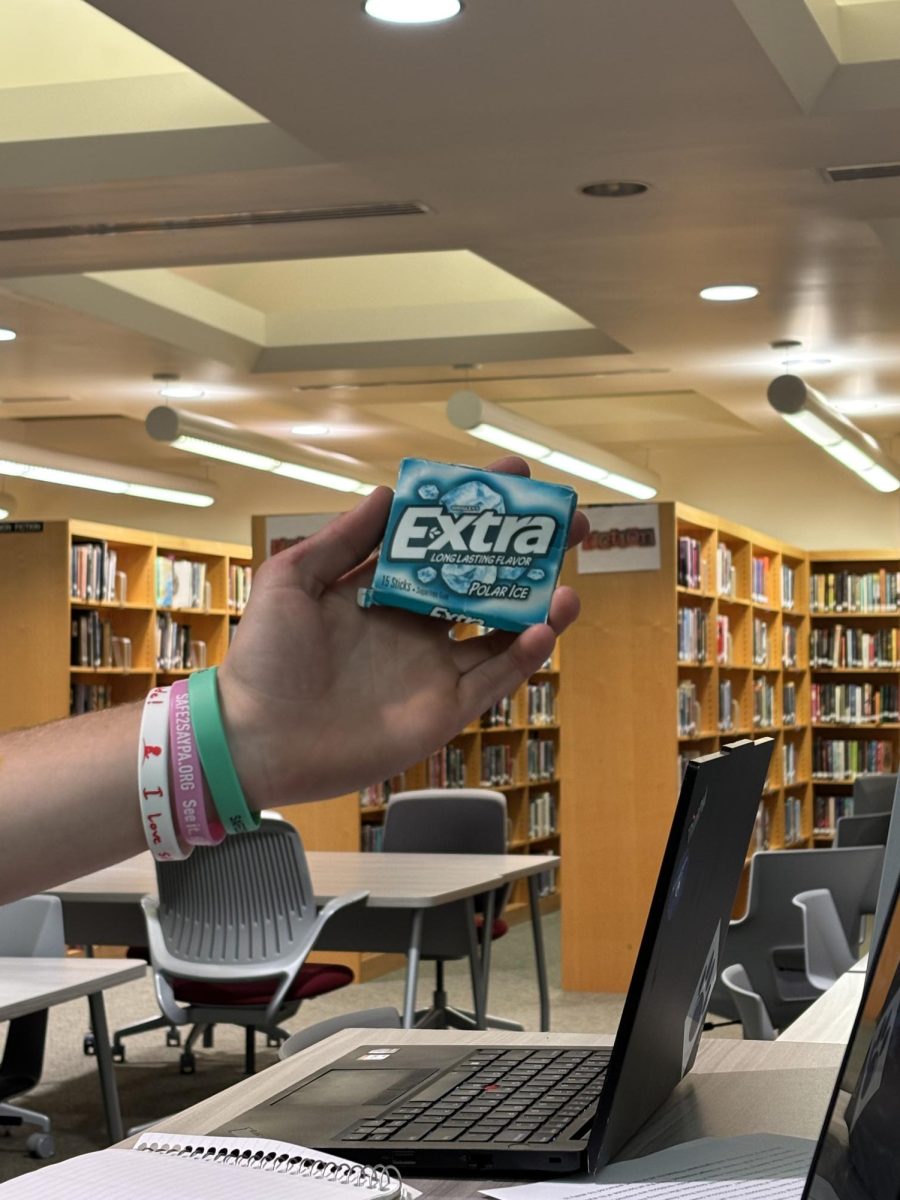Snacking is a pastime enjoyed by students and teachers, and many choose nut products for a quick bite. Tree nuts are widely found in granola bars, trail mixes, and candies like Turtles. The seemingly harmless food can have life-threatening consequences on one student, though. High school junior John Sharp is the main concern regarding snacking rules, as triggering his peanut allergy could be fatal.
John’s parents found out about his allergy when he was three, though he was too young to remember doctors diagnosing and treating him. Due to John’s allergy being classified as severe, his doctors and parents required that he sit at a separate table during lunch as a safety precaution during elementary school. In practice, walking past John with an aromatic peanut butter sandwich would not have caused a reaction unless some fell in his food, as a review from the Journal of Allergy and Clinical Immunology states that an allergic reaction is triggered when one consumes traces of peanuts, not when nuts are exposed to a person’s skin or respiratory system. If, however, John has an adverse immune response with symptoms such as trouble breathing, chest pain, or a sudden loss of self, one must quickly get John’s epinephrine auto-injector, inject him in the thigh, and tell a teacher to contact the nurse and have the hallways cleared as recommended by the Cleveland Clinic and school procedure.
While his relationship with his family was not affected by his allergy, he had difficulty keeping up with friends and adjusting during elementary school. While he was allowed to choose people to sit with him during lunch, he could only pick a few people, hurting his social life. He also got special treatment when he wanted a lunch item and a teacher got it for him. While students might have thought it was great to have a table dedicated to oneself and getting things handed to them, John saw it as isolating, and instead of feeling safer in a “Peanut-Free Zone,” he felt singled out.
Post-elementary school, John became more responsible and had enough experience managing his peanut allergy. Also, his anxiety and stress towards the thought of accidental peanut exposure lessened. As a result, his parents and doctors slowly eased their prescribed restrictions until finally letting him sit at any table he wanted. “Peanut-Free Zones” became an afterthought that he did not associate with being left out of certain activities and his life finally normalized.
Throughout the process, John was confident, and adjusting to his allergy was natural and inevitable. While his peanut allergy may have hurt his relationship with school when he was younger, his life has since eased, giving him more opportunities and privileges than he ever had in elementary school. At Tilden, I always saw John as a sort of celebrity who let people sit with him in the middle of the cafeteria. His experiences show that he did not feel the same way, and I am glad he finally found closure post-elementary school.
For more information, visit https://pubmed.ncbi.nlm.nih.gov/30717865/ and https://health.clevelandclinic.org/how-to-use-an-epipen.






































